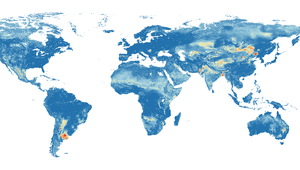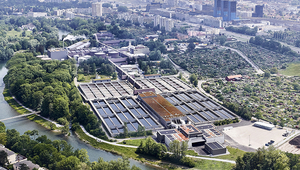Archive News
September 2, 2020
August 17, 2020
July 28, 2020
June 10, 2020
April 30, 2020
April 28, 2020











